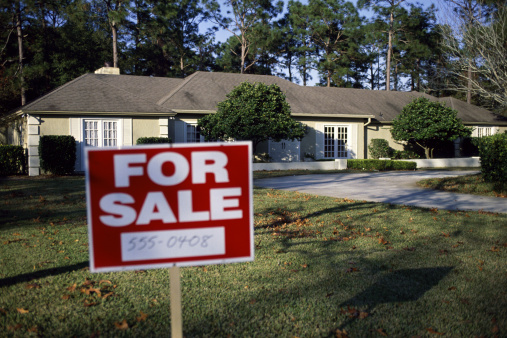Housing
July Sales of Existing Homes Rise, but Higher Prices Could Limit More Growth
Published:
Last Updated:

Existing home sales have increased on a year-over-year basis for 10 consecutive months and are now 10.3% higher than in May 2014.
The consensus estimate called for sales to reach 5.4 million, according to a survey of economists polled by Bloomberg.
Housing inventory decreased by 0.4% in July to 2.24 million homes, which is equal to a supply of 4.8 months, down slightly from a 4.9-month supply in June, but well above the total of 1.88 million homes in inventory at the end of December 2014.
According to the NAR, the national median existing home price for all housing types in July was $234,000, up 5.6% compared with July 2014, the 41st consecutive month of rising home prices.
NAR’s chief economist said:
Despite the strong growth in sales since this spring, declining affordability could begin to slowly dampen demand. Realtors in some markets reported slower foot traffic in July in part because of low inventory and concerns about the continued rise in home prices without commensurate income gains.
ALSO READ: America’s Most Segregated Cities
The percentage of first-time buyers dipped to 28% in July, down from 30% in June, the lowest share since January. In July of 2014, first-time buyers accounted for 29% of all sales.
Sales of single-family homes rose 2.7% from June at a seasonally adjusted annual rate of 4.96 million, up 11% compared with July a year ago. Sales of multifamily homes decreased by 3.1% year over year to an annual rate of 630,000 units.
Foreclosed and short sales accounted for 7% of July sales, up from 9% in July 2014. Foreclosures sold at an average 17% discount to the July median price, and short sales sold at a discount of 12%.
All homes were on the market for an average of just 42 days. Foreclosed homes were on the market for an average of 49 days and short sales took a median of 135 days to sell. Non-distressed homes took 41 days to sell, and 43% of homes sold in July were on the market for less than a month.
The NAR also reported the following regional data:
ALSO READ: The 10 Most Polluted Cities in America
Retirement can be daunting, but it doesn’t need to be.
Imagine having an expert in your corner to help you with your financial goals. Someone to help you determine if you’re ahead, behind, or right on track. With SmartAsset, that’s not just a dream—it’s reality. This free tool connects you with pre-screened financial advisors who work in your best interests. It’s quick, it’s easy, so take the leap today and start planning smarter!
Don’t waste another minute; get started right here and help your retirement dreams become a retirement reality.
Thank you for reading! Have some feedback for us?
Contact the 24/7 Wall St. editorial team.